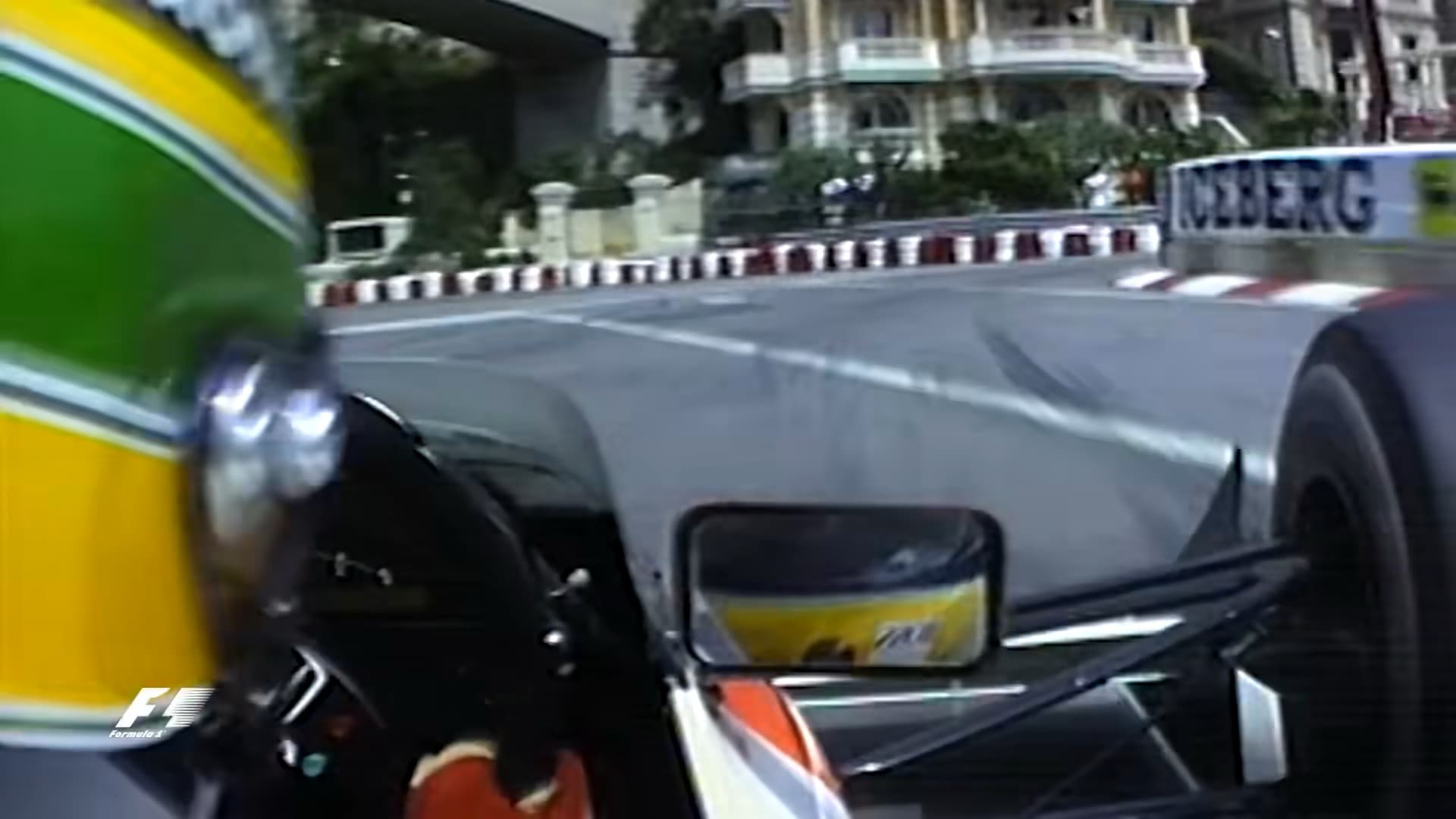
To really understand the storm and fury of a Formula One car, you need to spend 100 seconds with the great Ayrton Senna on the streets of Monaco in 1990.
Ayrton Senna was known as the King of Monaco. He won the Grand Prix held on the Principality’s tight, twisting streets a record six times, a statistic that is all the more remarkable because those victories came from only 10 starts. Of the current drivers, Lewis Hamilton heads the field with three wins, Max Verstappen and Fernando Alonso have two, and unless Max has a better car under him very soon you can’t see Senna’s record being broken any time soon.
In a hugely storied career, the Brazilian driver's exploits at Monaco deserve their own chapter. In 1984 he guided a ridiculously underpowered Toleman to a remarkable second place in the wet; in 1988 he produced a pole lap that was an astonishing 1.4 seconds faster than the great Alain Prost, who was his teammate at the time and driving the same car; in 1992 he managed to keep a hard-charging Nigel Mansel on much fresher tyres behind him for what seemed like an impossible forever.
And in 1990, an onboard camera captured this, a hot lap of his around the Monaco circuit, which I maintain is possibly still the most thrilling onboard footage of an F1 driver at work. And that is despite the cars being around 10 seconds a lap slower than than they are now.
(F1 rights don't let us show that lap directly, so here's another lap from the same year which is 99% as good.)
Partly it’s so good because of the way that the technology struggles with the storm and fury of a 1990s F1 car (unlike the cameras used in F1:The Movie); the camera is vastly overloaded and the image and the audio are all over the place. But mainly it’s the very obvious skill of the driver.
Unlike modern F1 cars with their semi-automatic gearboxes controlled by paddles on the back of the steering wheel, Senna’s McLaren MP4/5B at the time had a 6-speed manual transmission with an H-pattern gate. That means that he had to physically change gear around 3600 times during the course of a race. And when you see him accelerating out of Sainte-Dévote and up Beau Rivage one-handed, a mere inches away from the barriers at speeds over 160 mph, you can understand why, even over 30 years after his tragic death, Senna remains the King of Monaco.


Comments